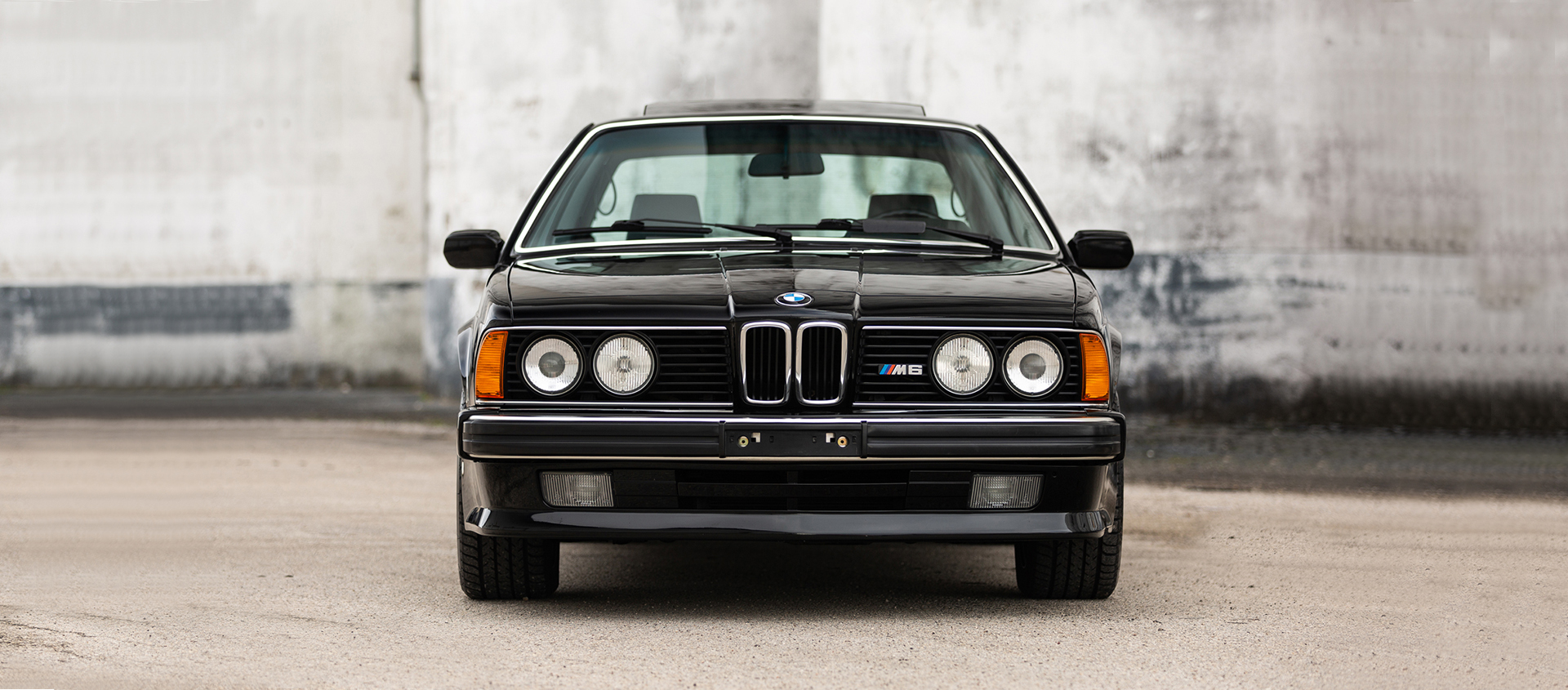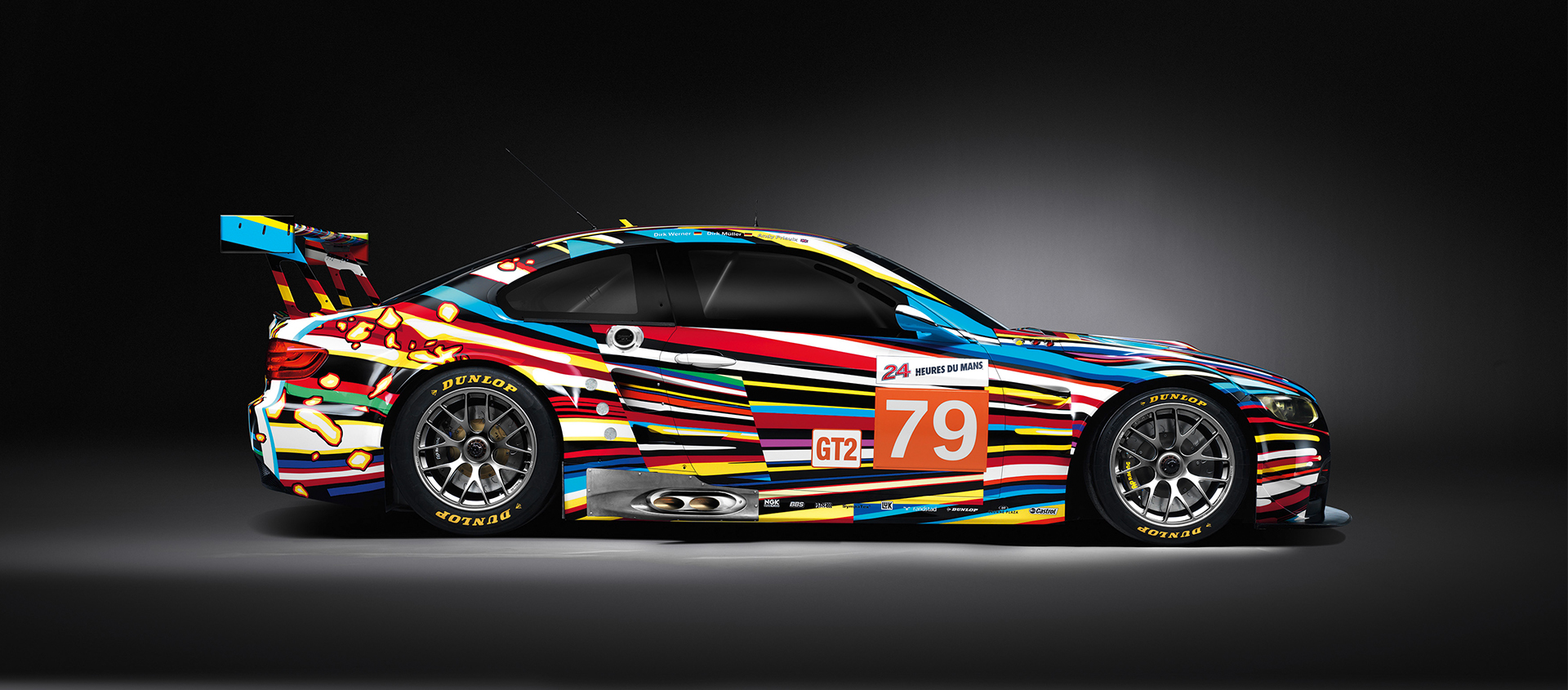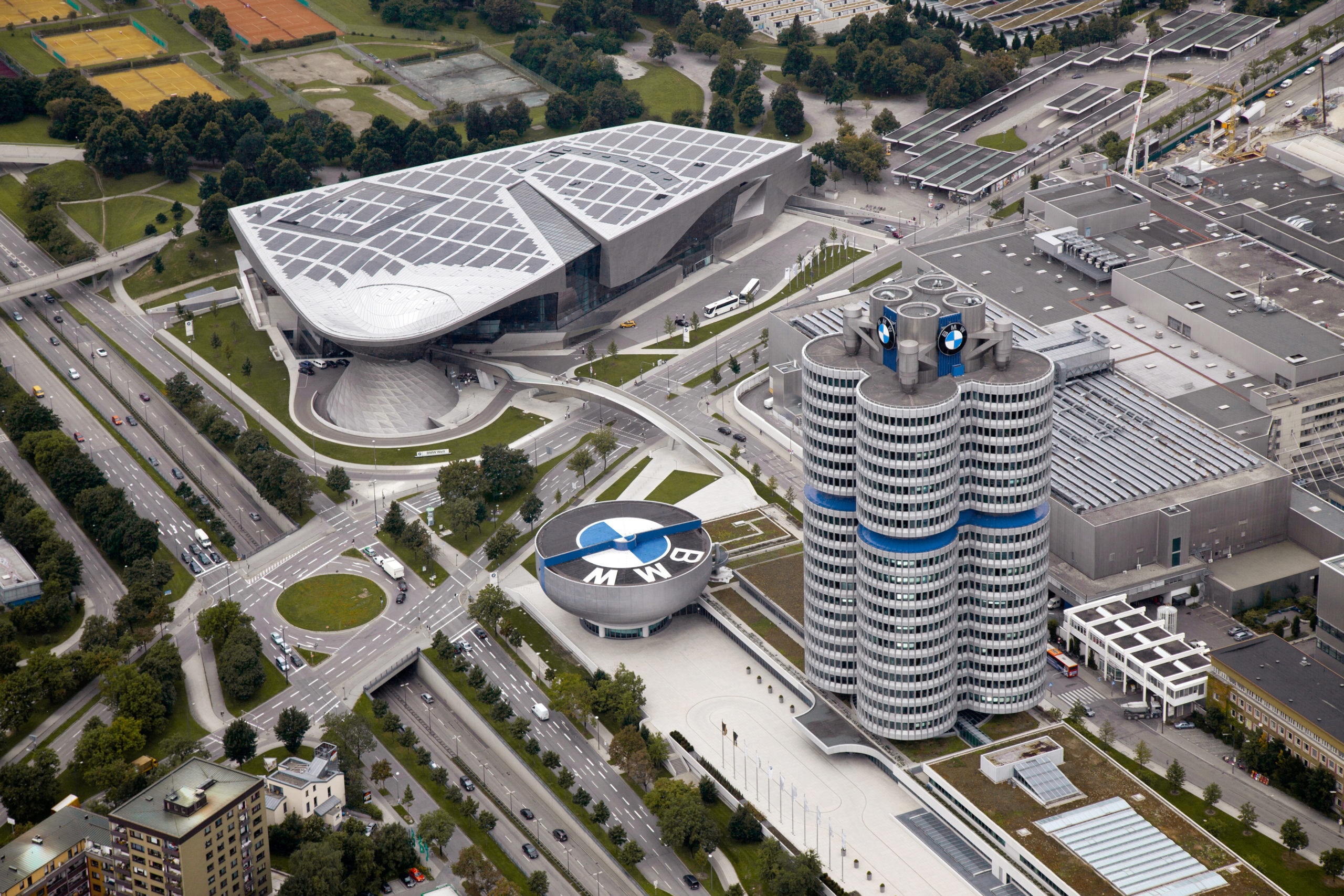BMW i8. Praise to the vision
04 April 2020 1 min read 3 images

In 2014 BMW sent out a message as strong as it was courageous: the i8. Beyond those magnificent lines that denoted a delightful mix between a well-balanced, original elegance and unbridled sportiness, the i8’s strength lied in its hybrid technology that distributed the power between both front and rear wheels individually: the small, 1,500cc three-cylinder turbo engine at the rear along with the electric unit at the front produced a combined 362bhp and breath-taking performance. The chassis completed the original approach by adding a carbon fibre structure to the aluminium frame to create a sort of rigid protective shield around the passenger compartment. The aerodynamic solutions were also very interesting, both outside the car body and internally through special channels, resulting in a CX of just 0.28. An absolute novelty on the car were the small and very bright laser headlights.
Register to unlock this article
Signing up is free and gives you access to hundreds of articles and additional benefits. See what’s included in your free membership. See what's included in your free membership.
Already have an account? Log In



